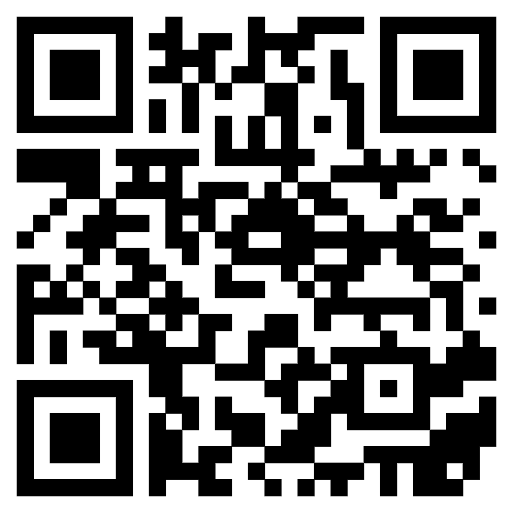This study aimed to compare the effects of high-intensity laser therapy (HILT) versus shock wave therapy (SWT) on the respective pain levels, shoulder range of motion (ROM), and function in patients with diabetic frozen shoulder (DFS). 84 patients (age range 40-60) were randomly assigned into two groups; shock wave group (G1; n=41) and HILT group (G2; n=43). Shoulder function was assessed by American Shoulder and Elbow Surgeons (ASES) score, shoulder pain was evaluated by visual Analog scale (VAS), and shoulder flexion ROM by a goniometer. The G1 participants received 1 session/week (8 weeks) of shock wave (at 5 Hz, and 1.5 bar). Participants in G2 received 2 sessions/week (8 weeks) of HILT total energy 1,080 J in three phases. Additionally; both groups received an exercise program. There were non-significant pre-study differences between groups in all measured variables. Post-study; within group's comparisons revealed significant decreases in pain within group-1 by 49.38% (P=0.00) and within group-2 by 60.09% (P=0.00), significant increases in shoulder flexion ROM within group-1 by 25.74% (P=0.00), and within group-2 by 19.29% (P=0.00), and significant increases in shoulder function within group-1 by 96.66% (P=0.00), and within group-2 by 104.58% (P=0.00). The post-study results revealed significant differences in pain (VAS) (P= 0.0001) in favor of group 2, shoulder flexion range of motion (P= 0.04) in favor of group 1, but non-significant difference in shoulder function (P= 0.19). Shock wave therapy showed a better effect in increasing the ROM, while HILT was more effective in reducing pain and improving shoulder function.
